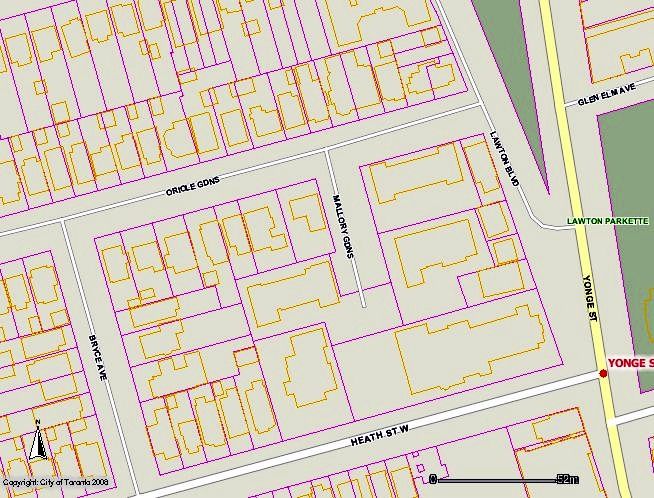Thanks all!
One of the photos I posted above was of Lawton Park, and I was struck by the architectural quality of the house. The following is the result of some research I did into the estate:
1878:
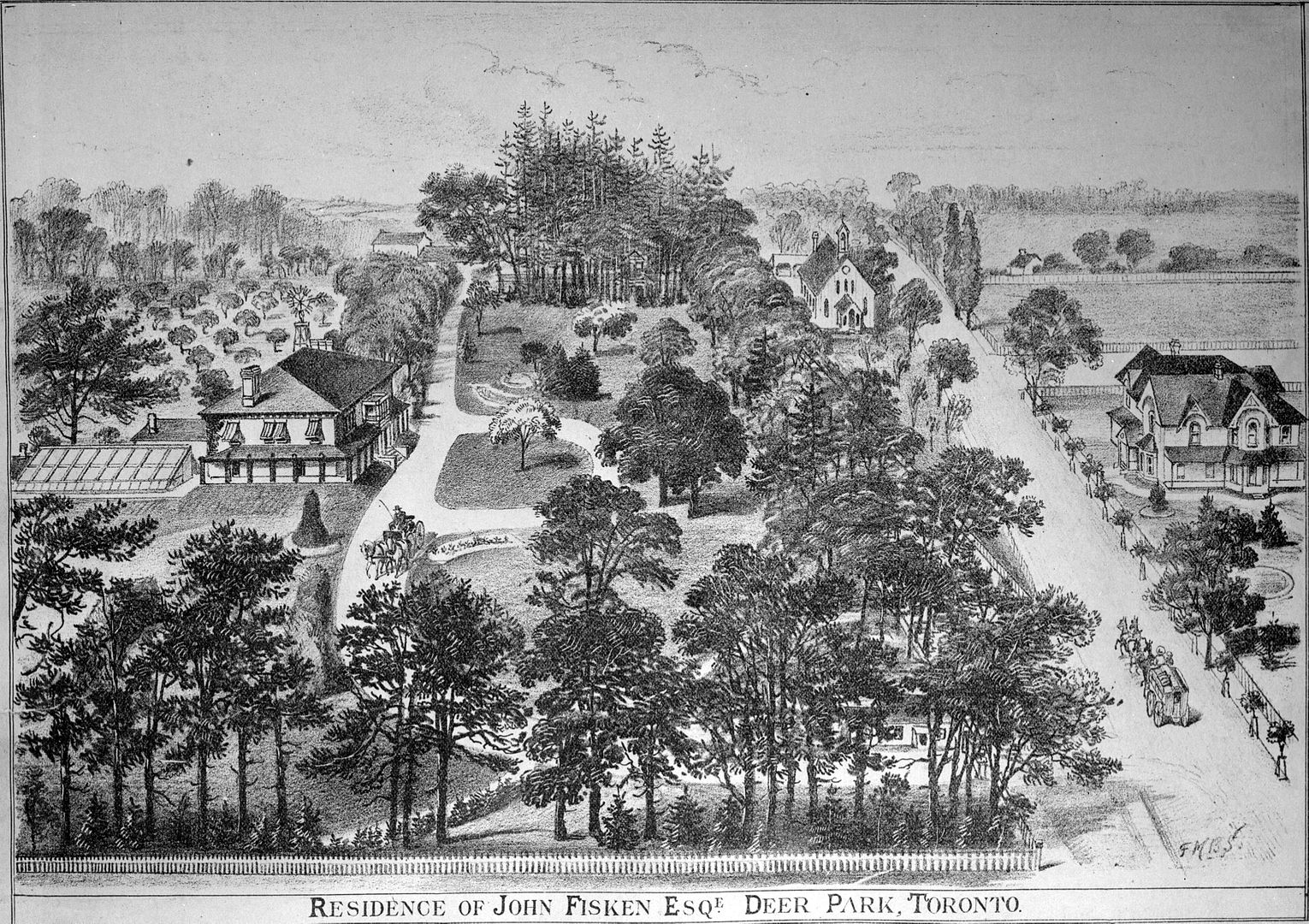
The history of Lawton Park (where Lawton Boulevard meets Yonge Street, north of St. Clair) is intertwined with that of Christ Church Deer Park, which can be seen to the right of Lawton Park, on the triangular piece of land where Lawton meets Yonge. A history of the church and the neighbourhoold can be found on:
http://www.christchurchdeerpark.org/pdf/CCDP_HowItAllBegan.pdf .
The history relates how in 1847, a Colonel Arthur Carthew bought a 6-acre parcel from the son of Agnes Heath, who owned 40-acres of land in the area, and who was selling off pieces of the estate. The Colonel commissioned one of Toronto's most prominent architects Henry Bowyer Lane, an English architect who lived in Toronto between 1841 and 1847 (and who designed Little Trinity Church, the Church of the Holy Trinity, the second City Hall and the central and west wings of Osgoode Hall) to design the estate (
http://en.wikipedia.org/wiki/Henry_Bowyer_Lane). In 1850, the estate was bought by John Fisken, founder of the Imperial Bank, whose family can be seen in the TPL pictures below.
In 1870, land was bought on the triangular piece of land between Lawton and Yonge for a new parish church, to be called Christ Church Deer Park:
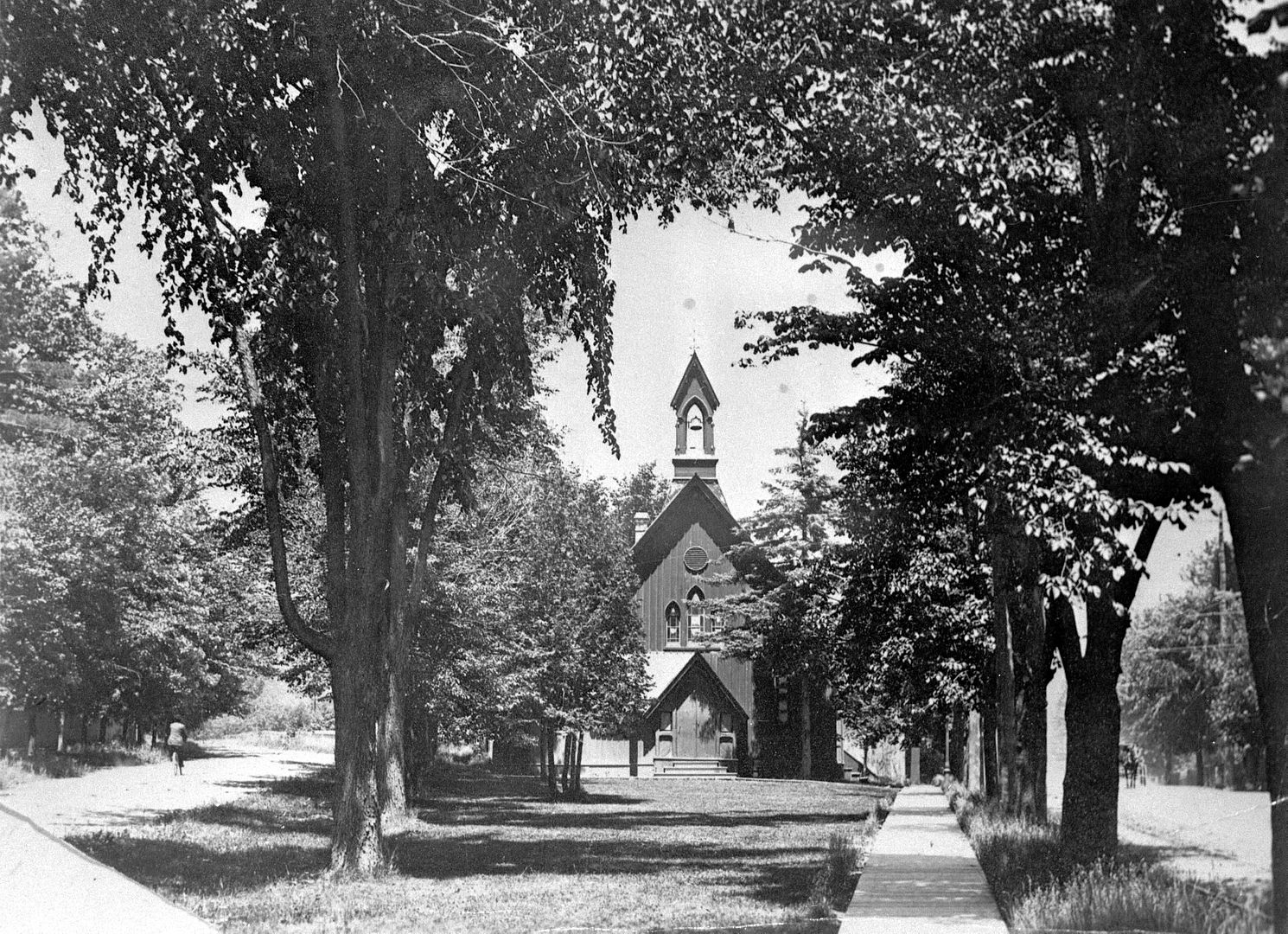
In 1872, a rectory was built on a piece of Fisken's land, on the Heath corner, the site that would become the new Christ Church in 1923.
Lawton Park in the 1890's and 1900's:
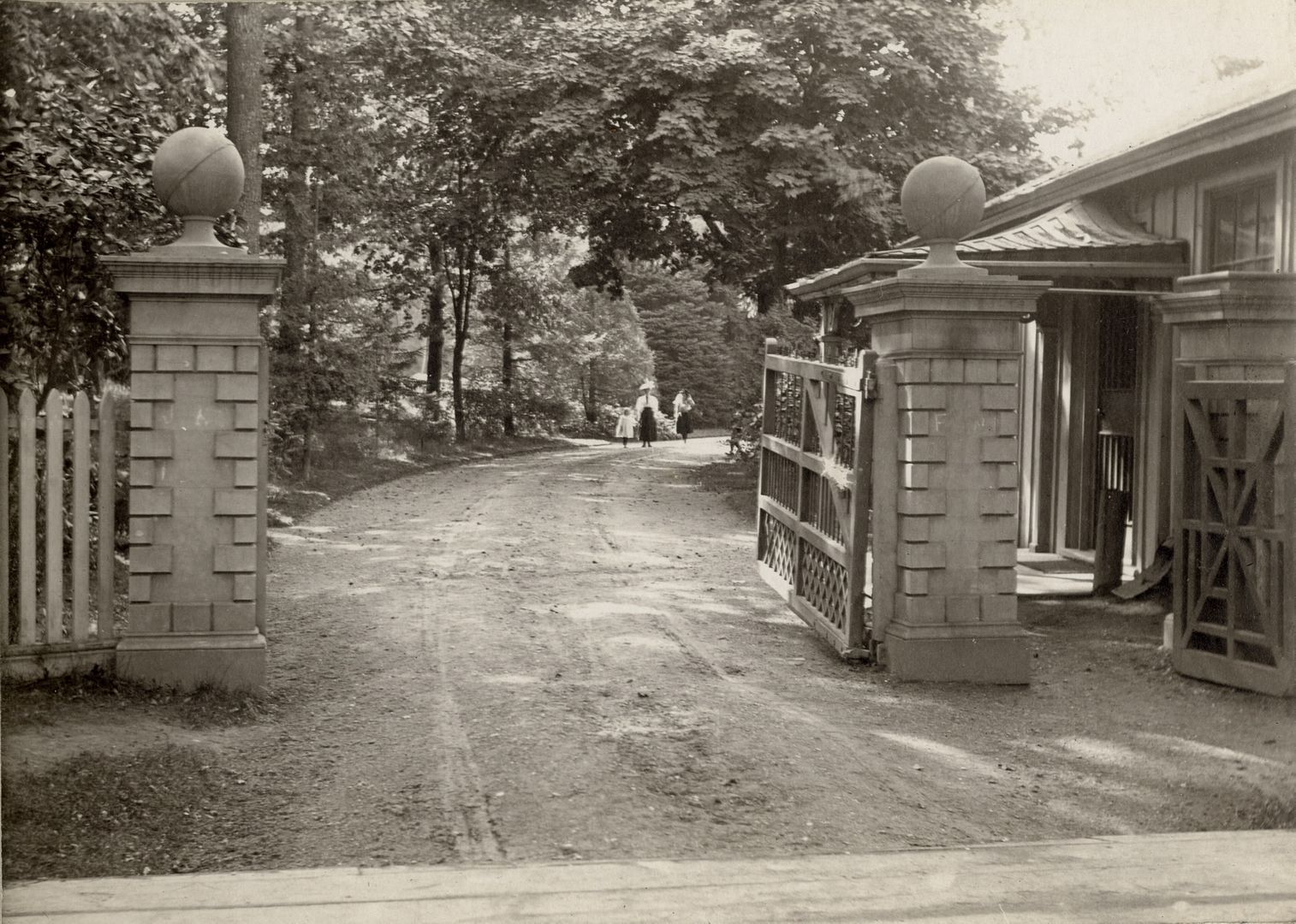
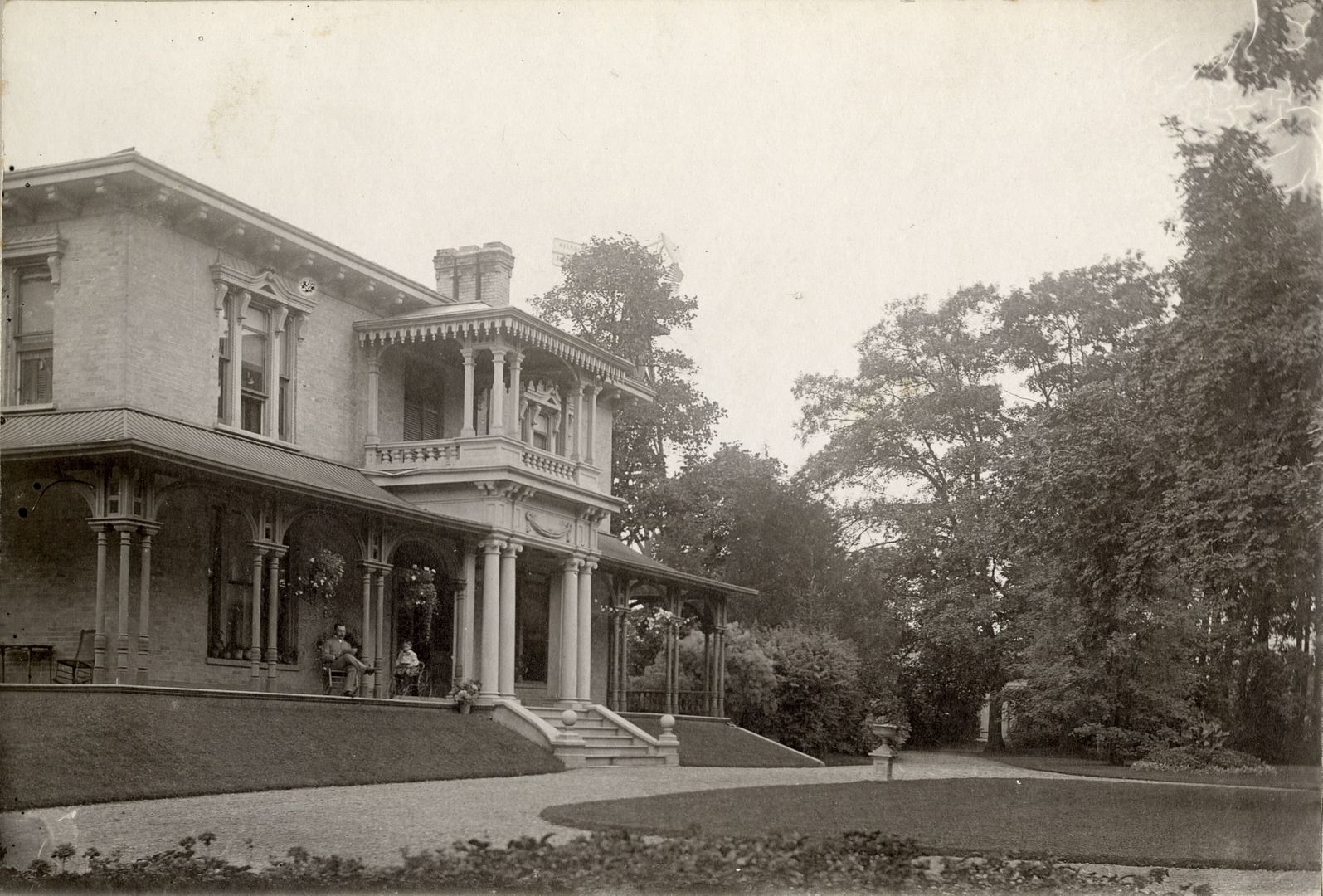
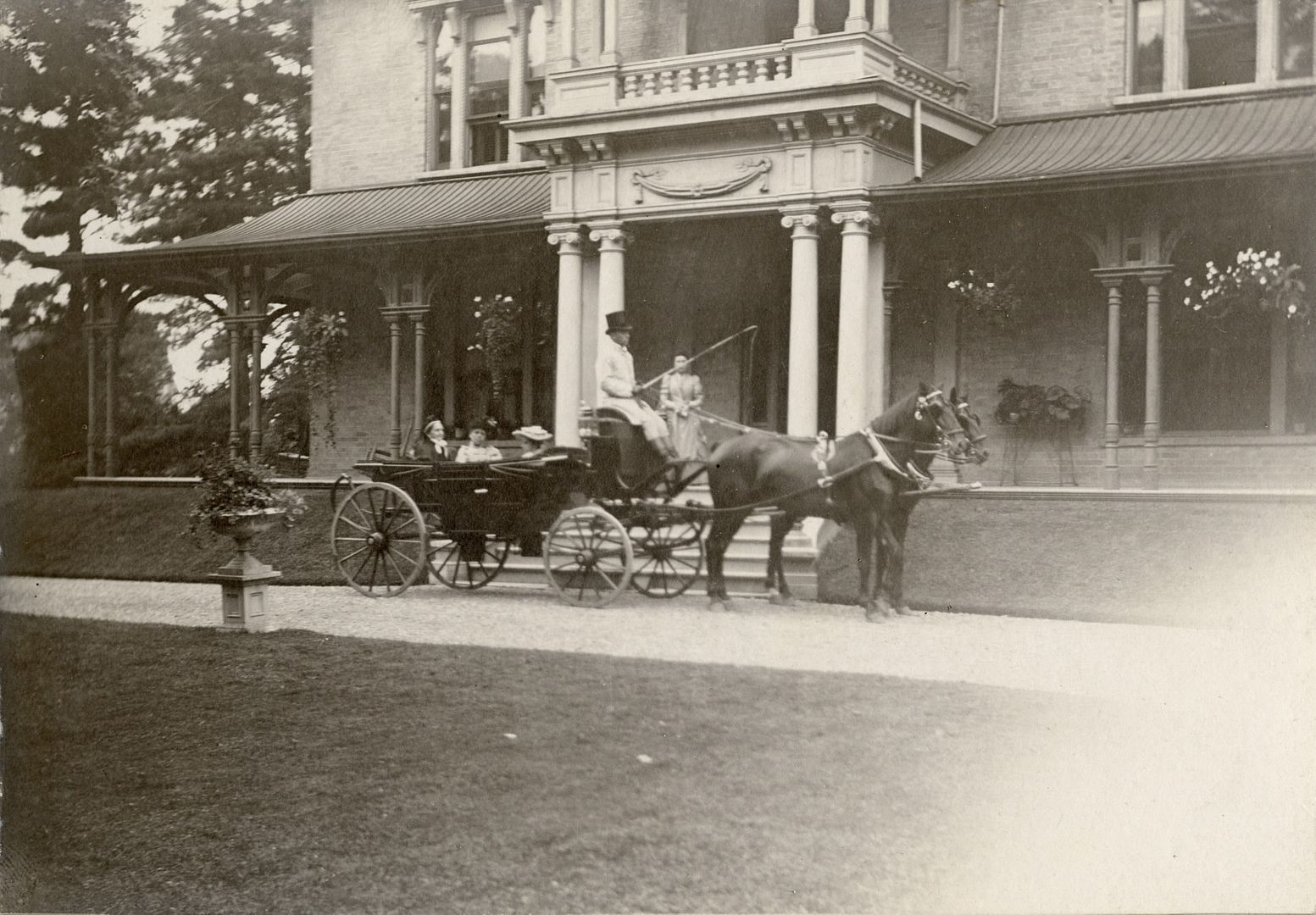

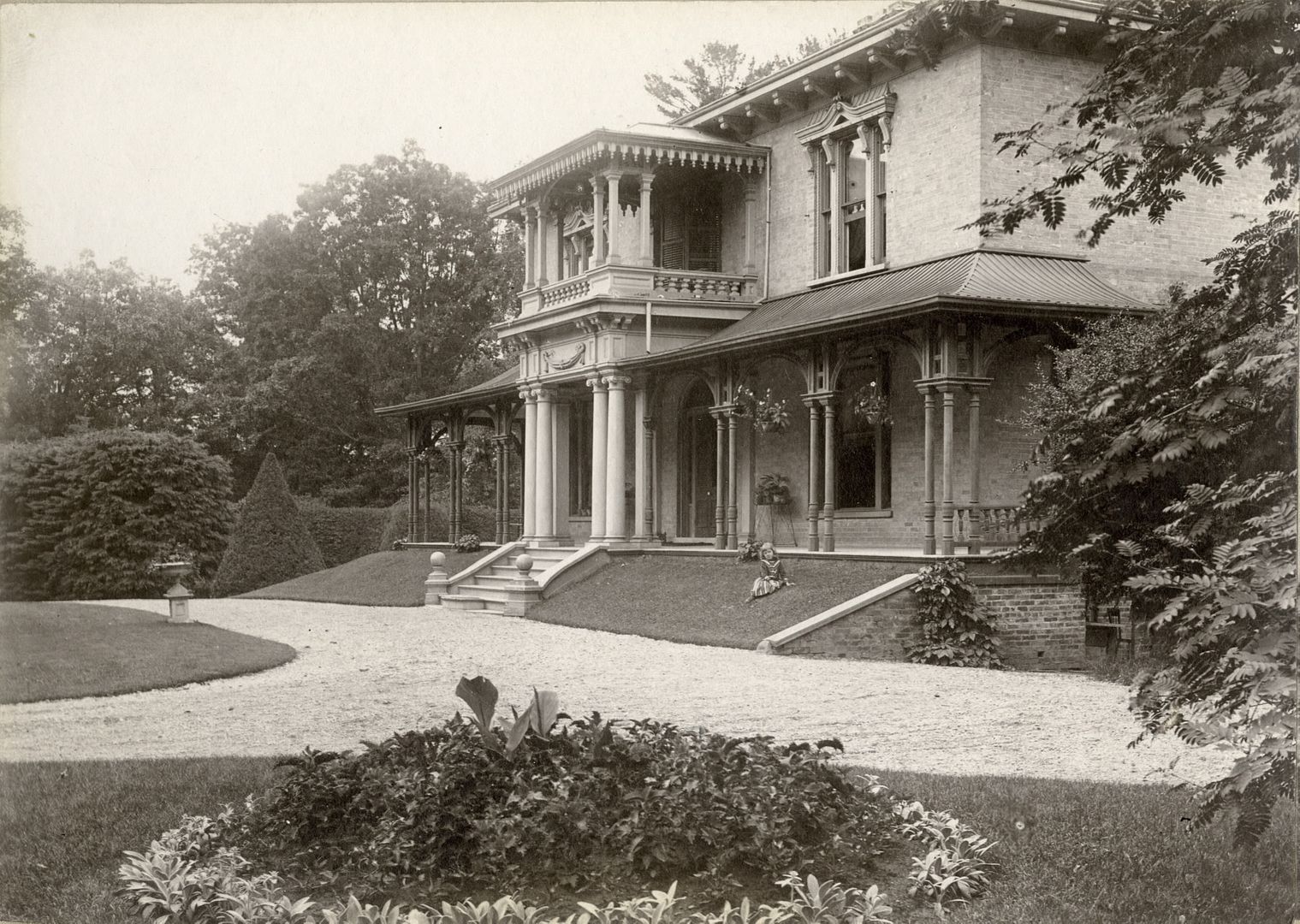
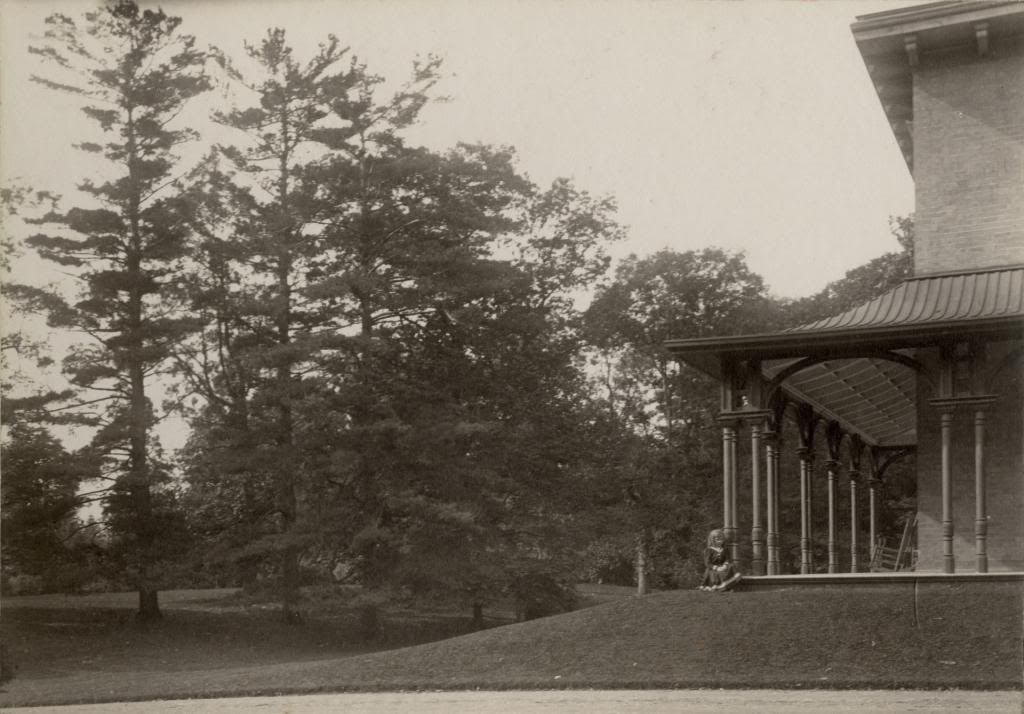
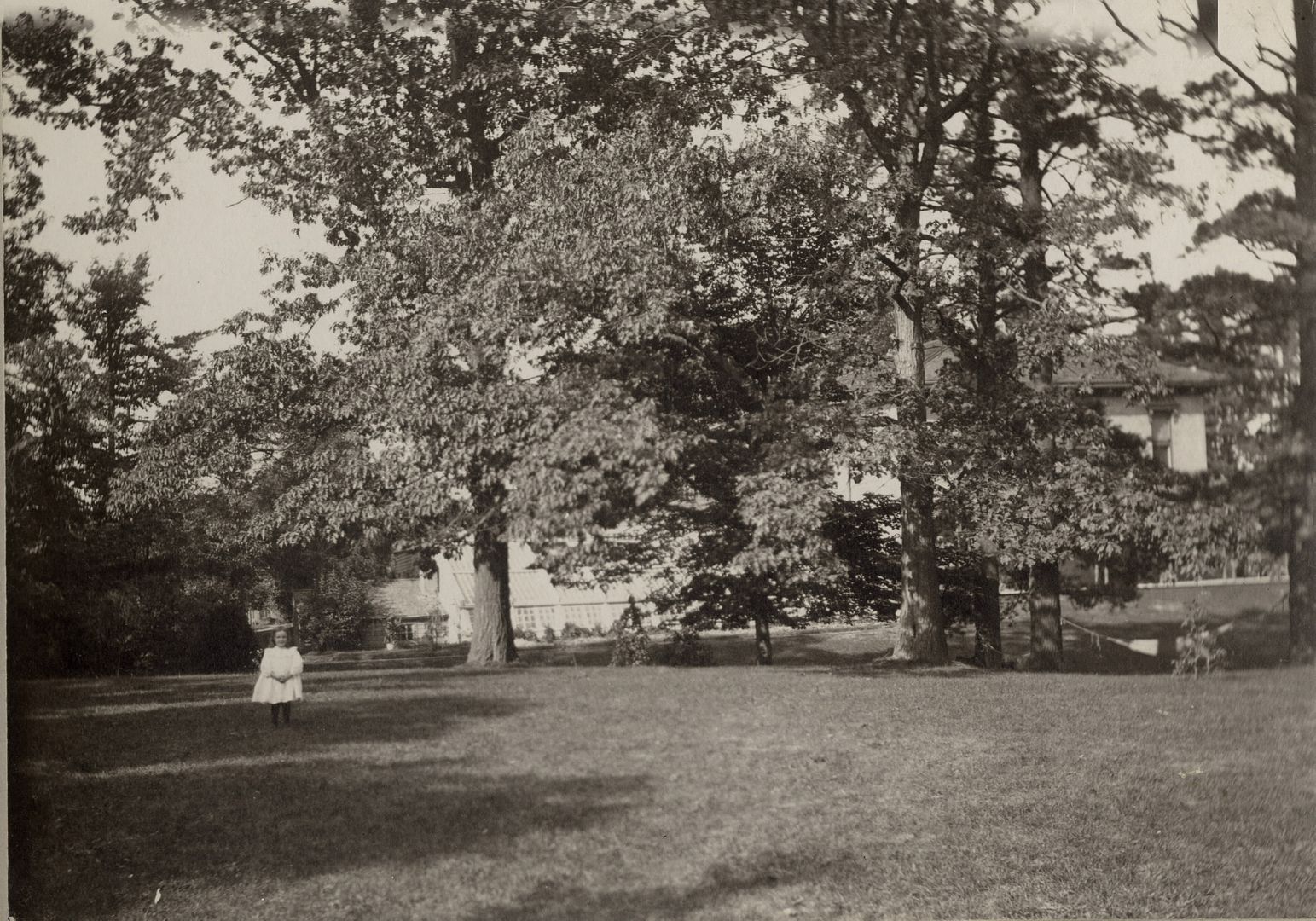
Lawton Park lasted until 1935, and the maps show the original land holdings becoming smaller and smaller:
1893:
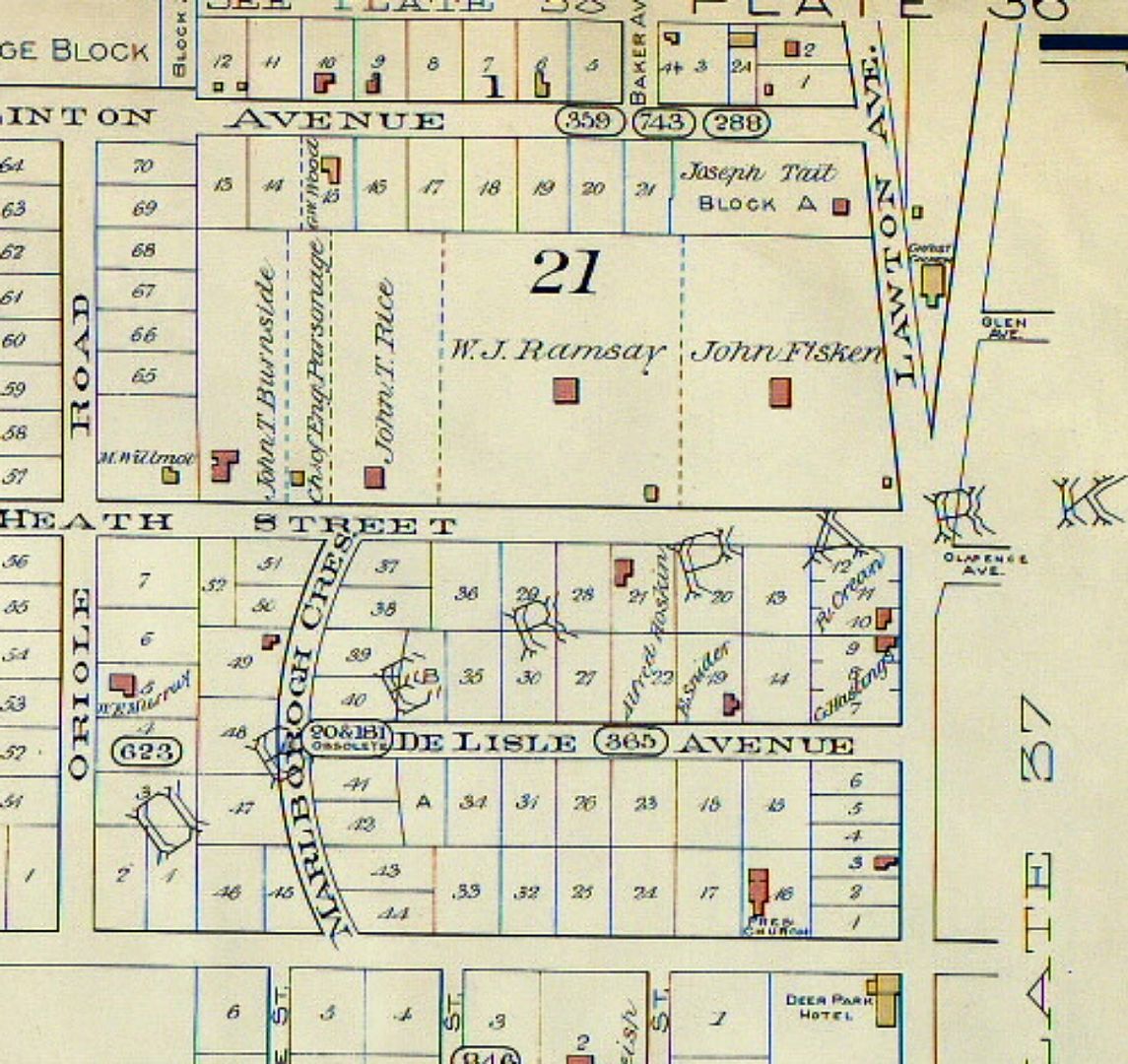
1913:
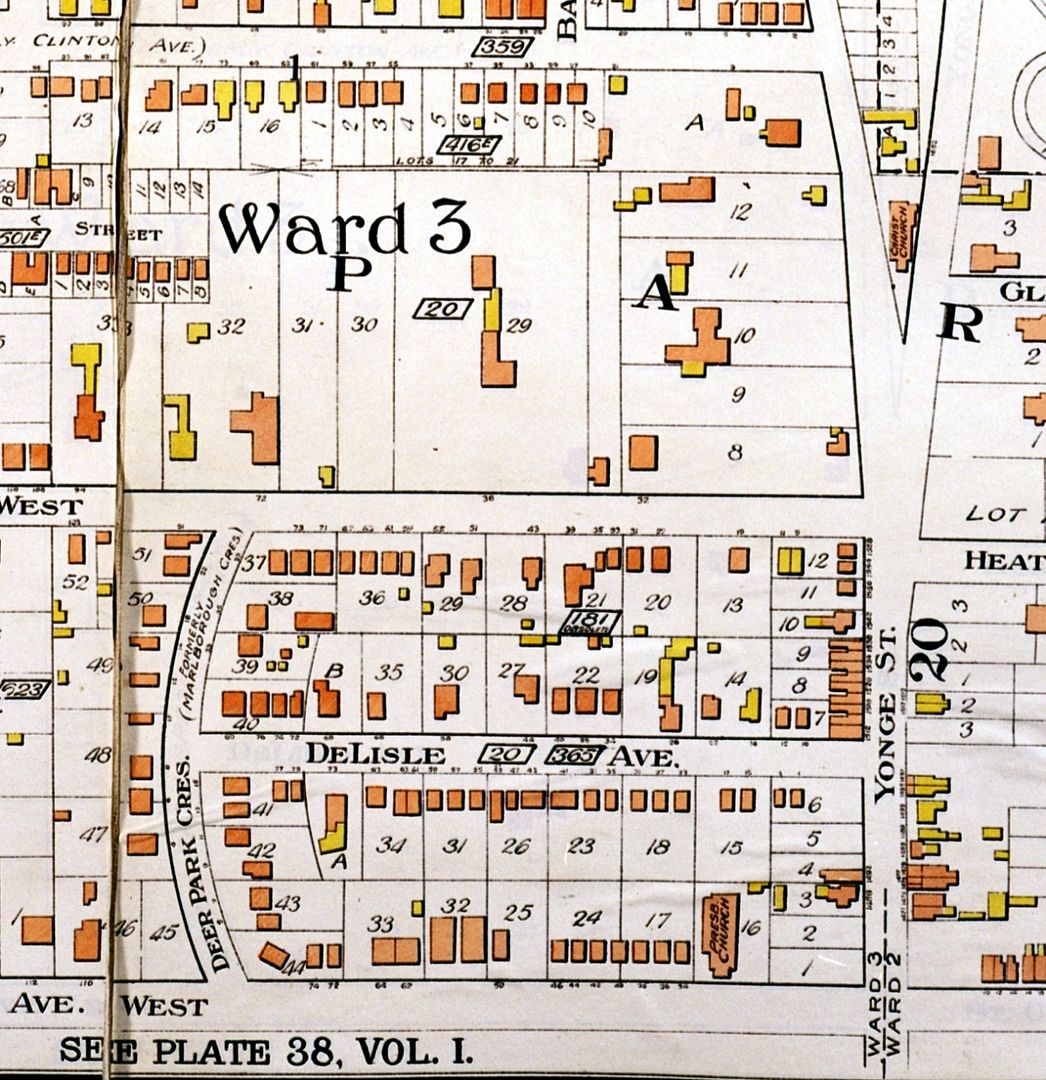
1924:
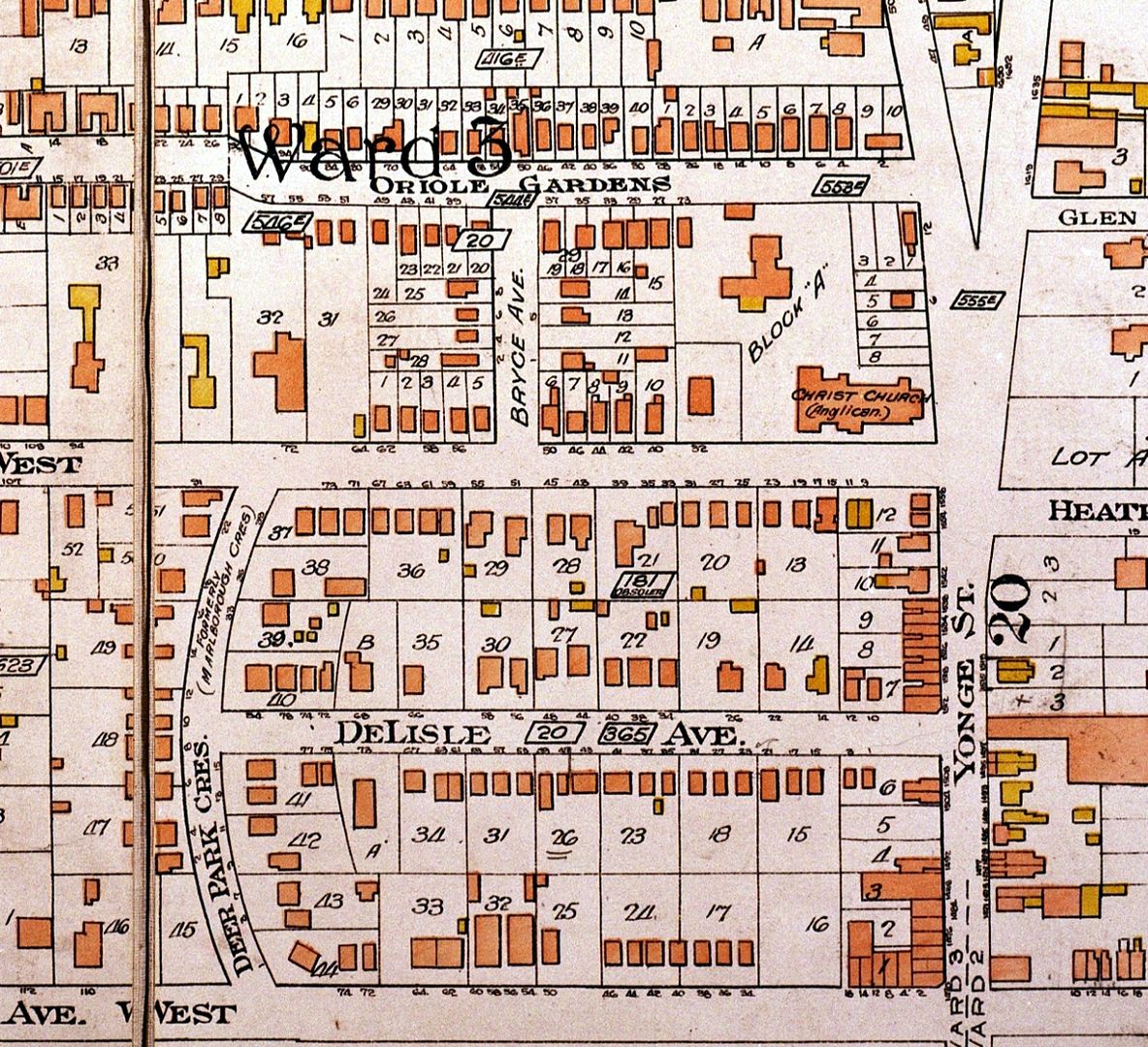
One of the few pictures showing the house prior to demolition is this one from 1923, when the site of the original Church was known as the Lawton Loop. The house appears in the middle:
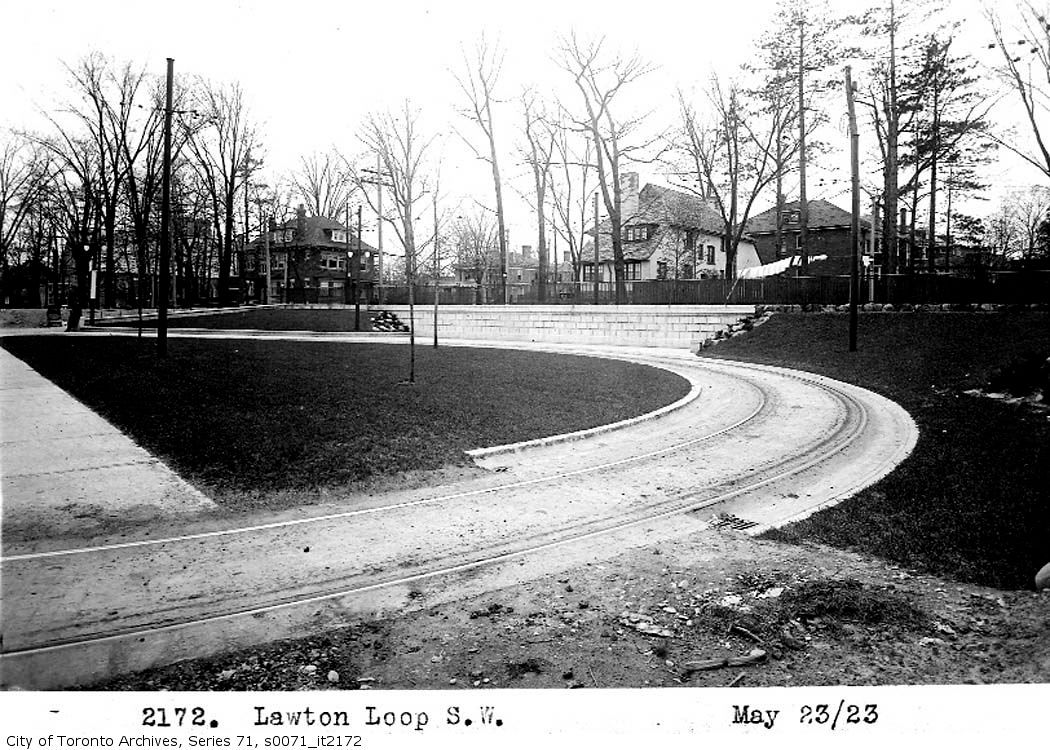
Today, the site of one of Toronto's finest Regency villas is now a cul-de-sac, flanked by 1950's apartment buildings:
